Cost of Living in Indonesia

If you are the average bule, i.e. a Westerner visiting Indonesia, you may be surprised to discover how cheap everything is over here. In this article we want to give you an overview of the cost of living in Indonesia, starting with an easy summary of the average cost of your typical everyday items. At the end of the article we’ll calculate the monthly outgoings for someone living a healthy lifestyle with plenty of weekend fun!
You can use these rules of thumb (IDR = Indonesian Rupiah):
- 1 GBP = 20.000 IDR
- 1 USD = 15.000 IDR
Before we explore the fabulous affordabilities that our charming multi-ethnic Republic has to offer, let’s see those products that are generally expensive even by Western standards.
You will find that imported goods are usually more expensive, and this should come as no surprise. Electronic goods such as computers and smartphones, designer handbags and watches, perfumes, foreign cars, will completely negate your holiday spending power. Here’s a quick solution: keep it local!
Some local products can be quite pricey too! Kopi luwak is a type of coffee consisting of coffee cherries eaten and defecated by a mongoose. Considering the somewhat contorted production process, you’ll pay between 100.000 and 300.000 rupiah for a cup of luwak coffee, and about 1.000.000 rupiah for a 1 kg pack of beans.
If you fancy a cup of mongoose-poop coffee, make sure you find a trusted place, as it has been said that 80% of kopi luwak is fake!
On a serious note: avoid kopi luwak at all costs, as it is an eminent example of animal cruelty, much like foie gras.
Beer, cigarettes…
Beer is not cheap! You’ll have to pay between 15.000 and 25.000 rupiah for a 33 cl can of domestic beer at your local supermarket, which is on par with a city like London.
| Local beers | Alcohol content | Price (supermarket) |
|---|---|---|
| Bintang (330ml) | 4,7% | Rp 15.000 |
| Bintang Pilsner (330ml) | 4,7% | Rp 25.000 |
| Bintang Zero (330ml) | 0% | Rp 7.500 |
| Anker (330ml) | 5% | Rp 22.000 |
| Bali Hai (330ml) | 5% | Rp 22.000 |
Not so bad if you drink outside with your friends, where you can enjoy a pint of domestic draught beer for 35.000 rupiah. (Alex) That’s less than half of what it would cost in London.
So, what’s cheap?
Cigarettes are frighteningly cheap. A Marlboro pack-of-twenty costs a mere 23.000 rupiah: £1,3 / $1,6. You might prefer local Indonesian cigarettes like Dji Sam Soe and Djarum Super, which cost about 16.000 rupiah for a pack-of-twelve. If you are a smoker, this is terrible news for your lungs!
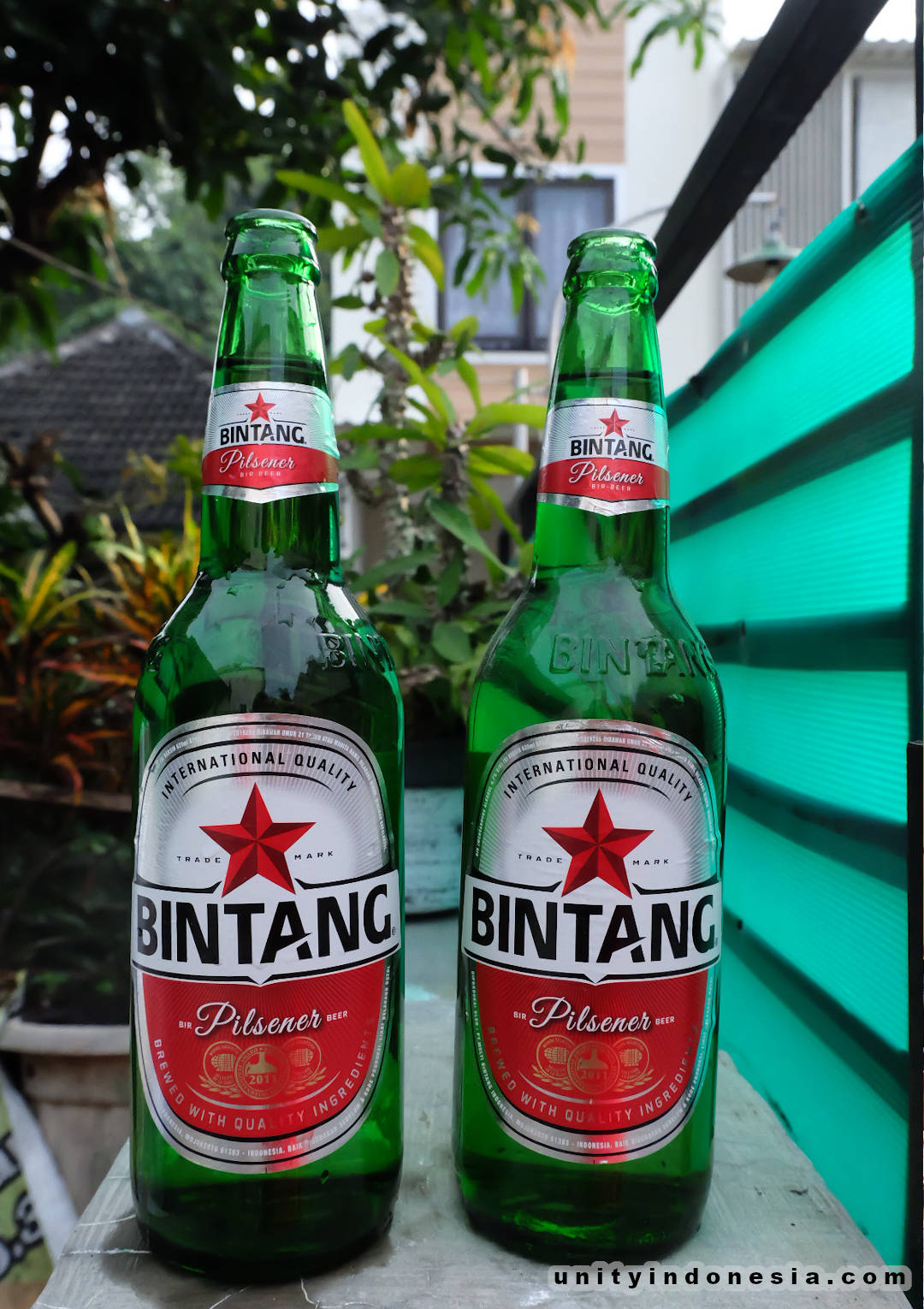

Traditional handicraft
If you want to buy gifts and souvenirs, forget those boring junk-trinkets plastered all over your typical gift shop; instead, let’s explore the prolific world of traditional handicraft.
You will be spoilt for choice: pottery and ceramics, carvings, traditional fabrics like batik and woven fabrics, mystical amulets such as keris, traditional masks, paintings, handmade furniture, jewellery made from pearls, silver or other materials, clothes, and much more. Let’s explore a few of these.
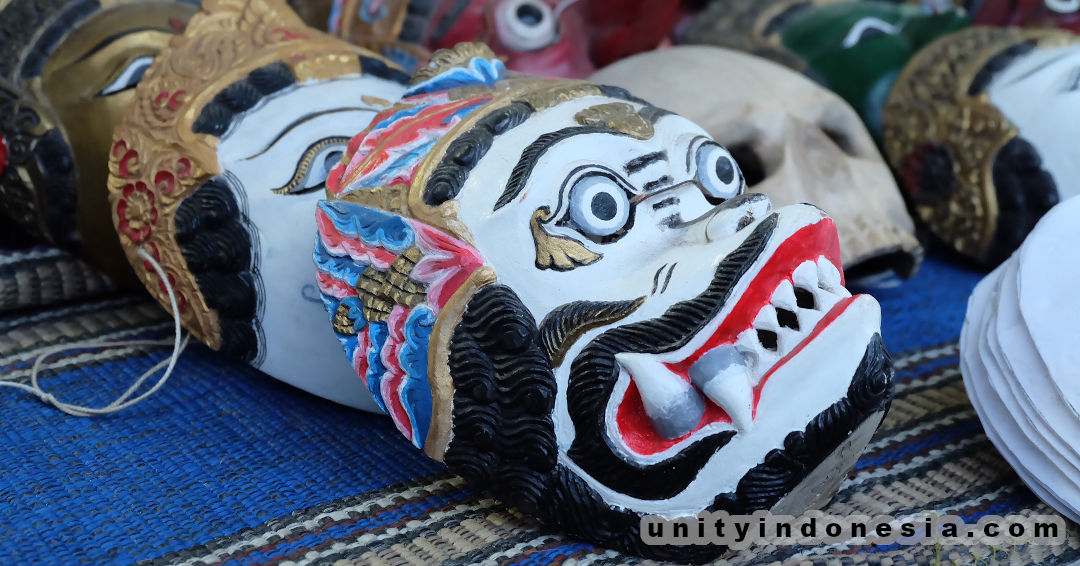
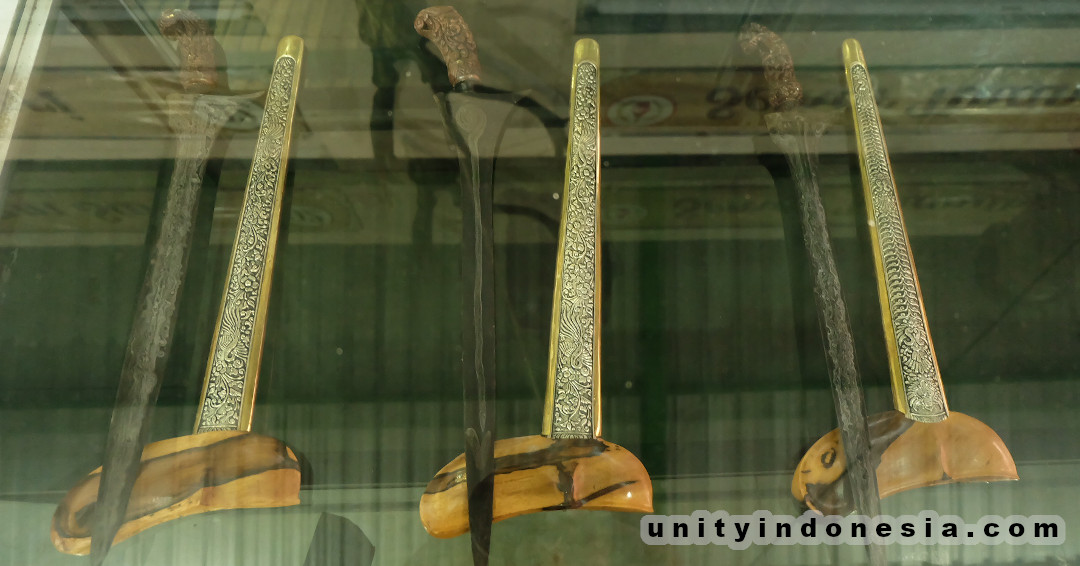
Indonesian ceramics and pottery usually have an earthy, natural feel about them, and craftsmen would employ traditional manufacturing methods, using their hands and feet. If you visit the village of Pagelaran, where pottery is traditionally made, you will be able to witness the making of vases, mortars, jugs, stoves, jars, and other earthenware.
There is a Javanese tradition of interring the baby’s placenta in the ground. Placenta is the prenatal child’s lifeline, as the child relies on it for sustenance. For this reason, the Javanese see placenta as the baby’s elder sibling or twin: a kind of guardian angel.
In order to prepare the placenta for burial, it is placed within a ceramic vessel and sealed so it won’t be eaten by the animals. These vessels cost around 1.300 rupiah and are one of the best-selling pottery products!
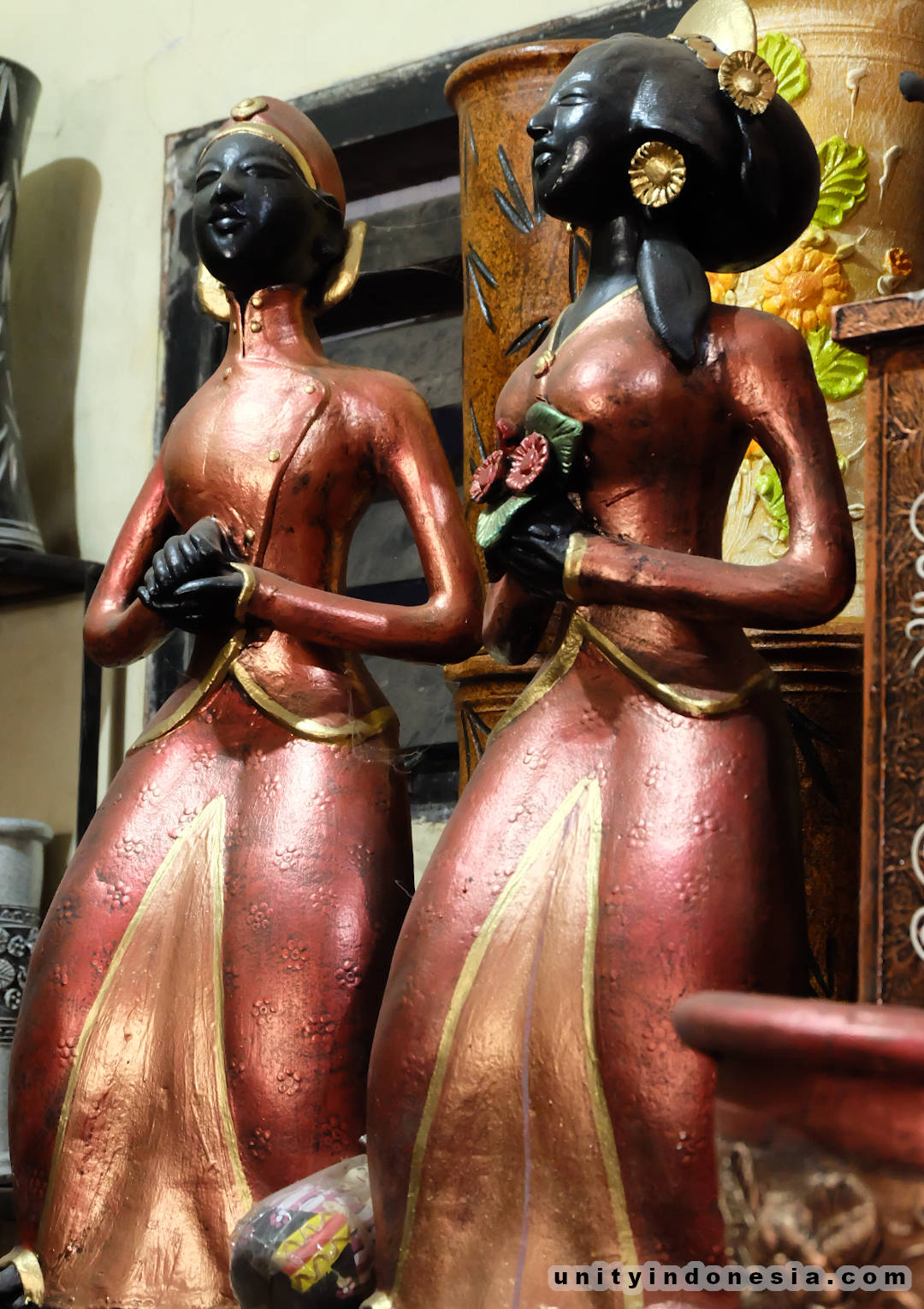
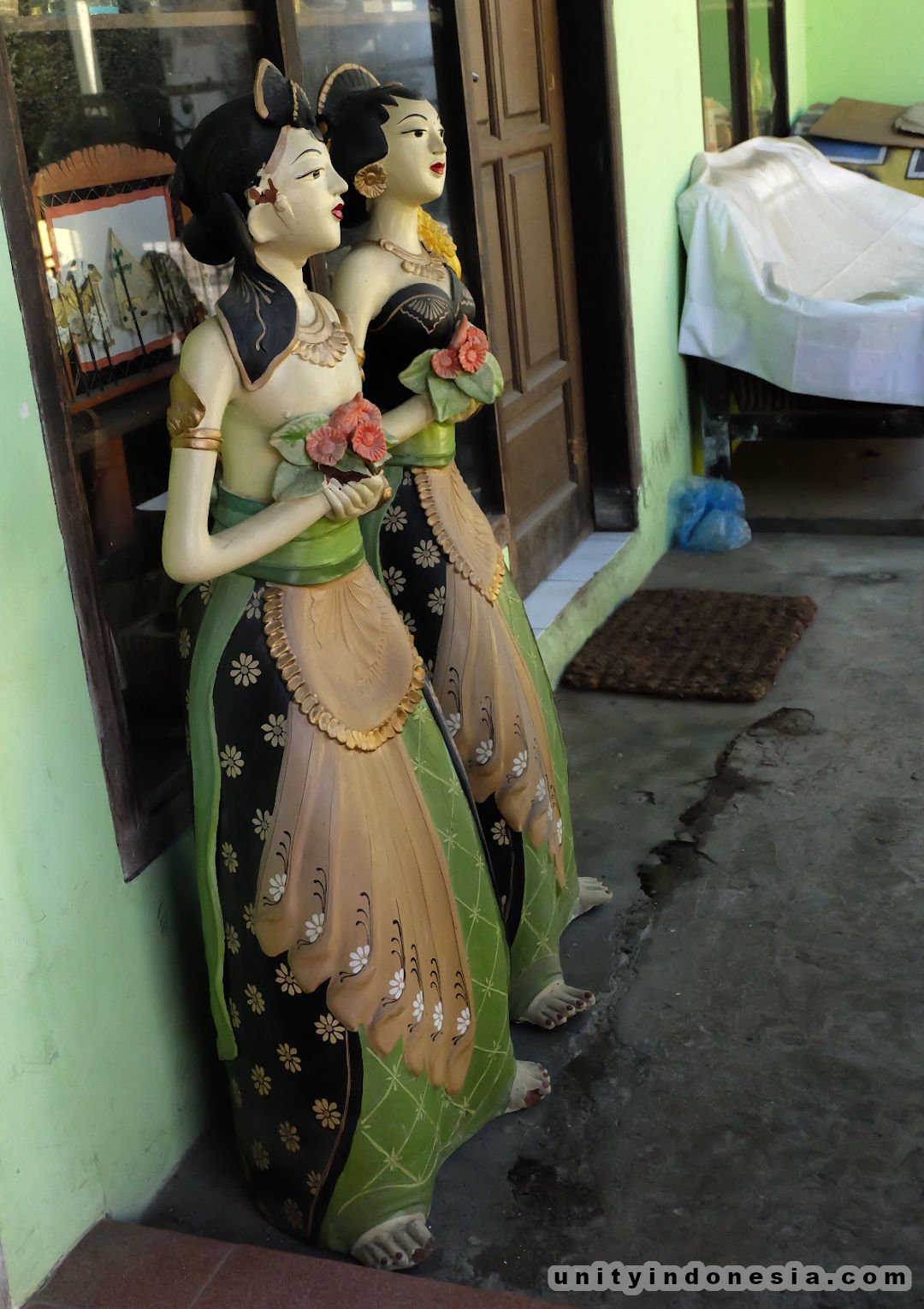
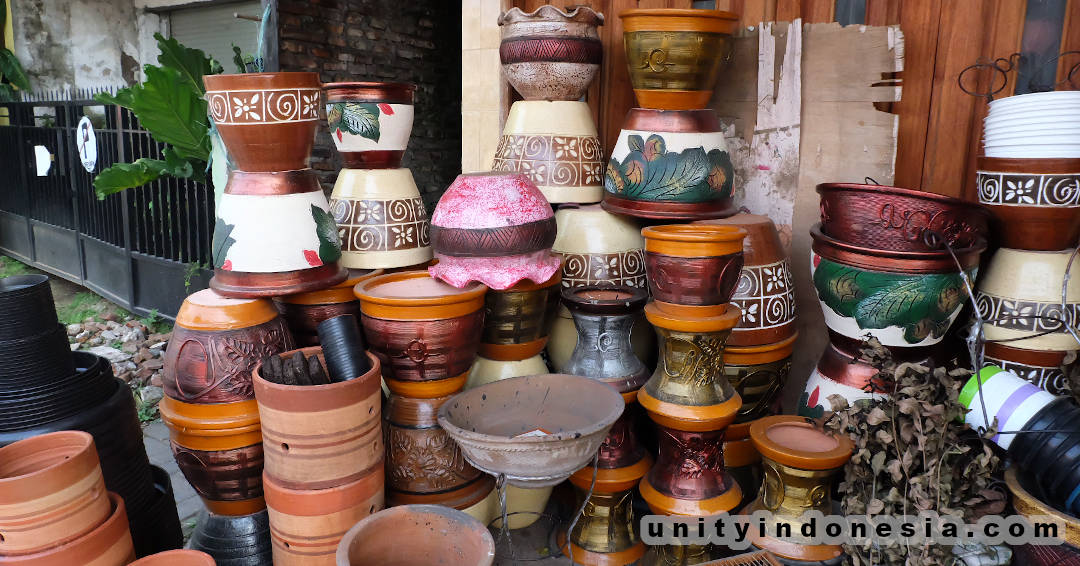
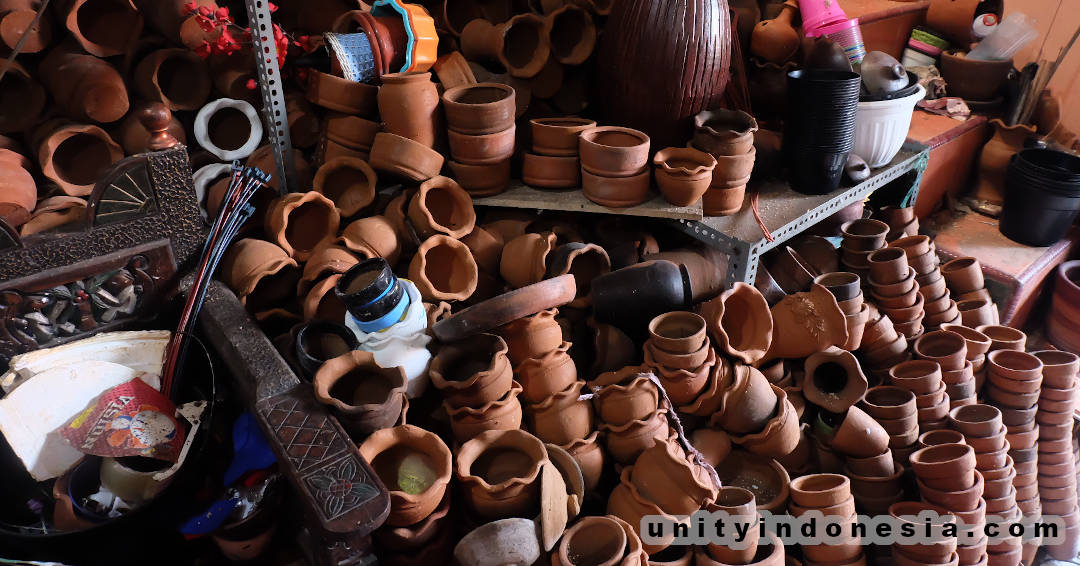
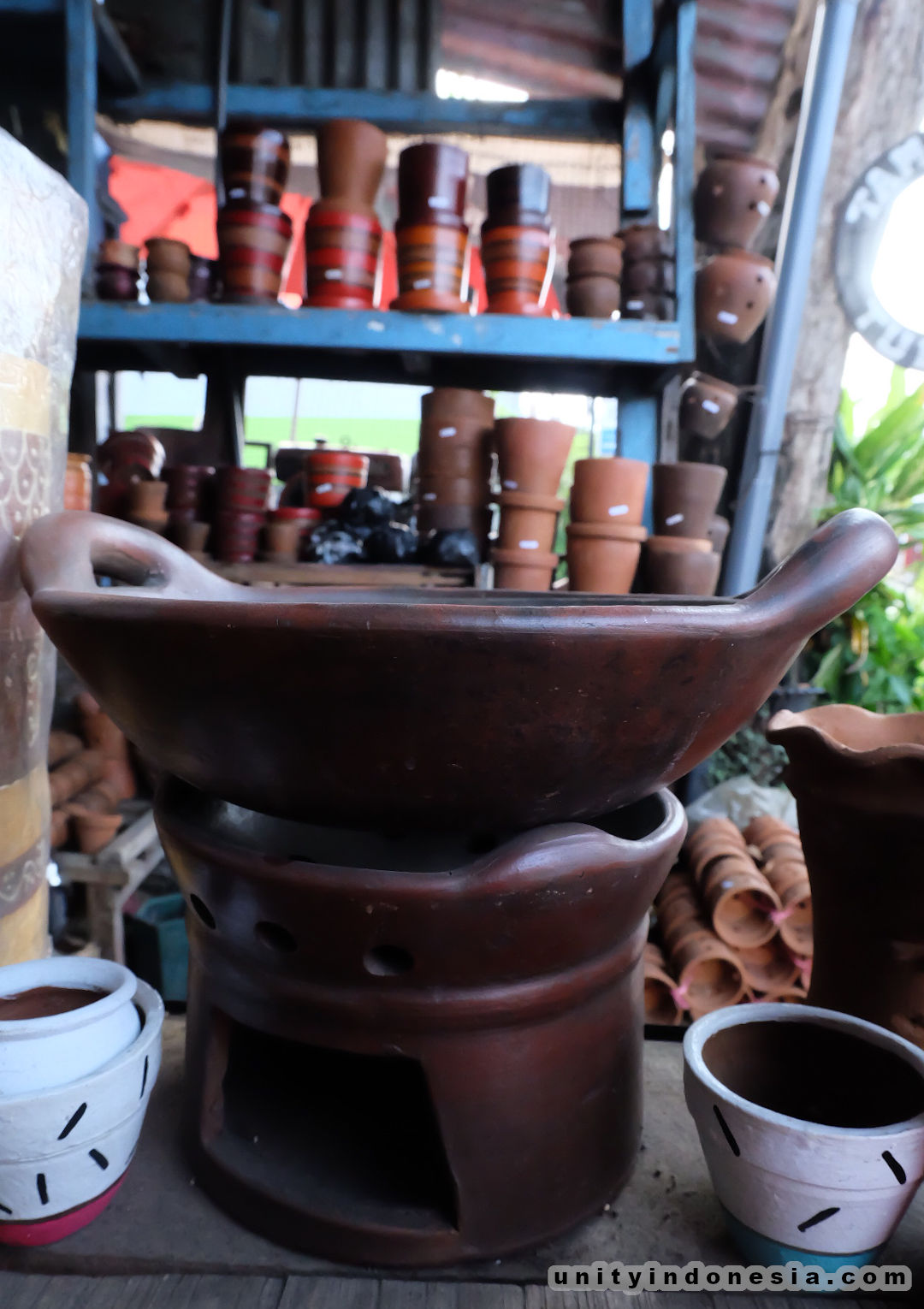
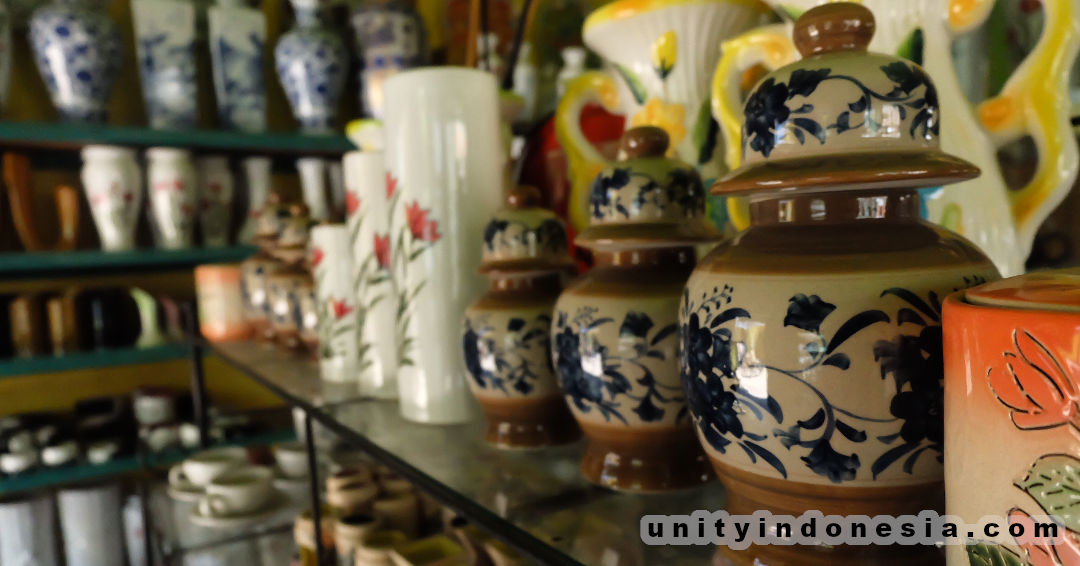
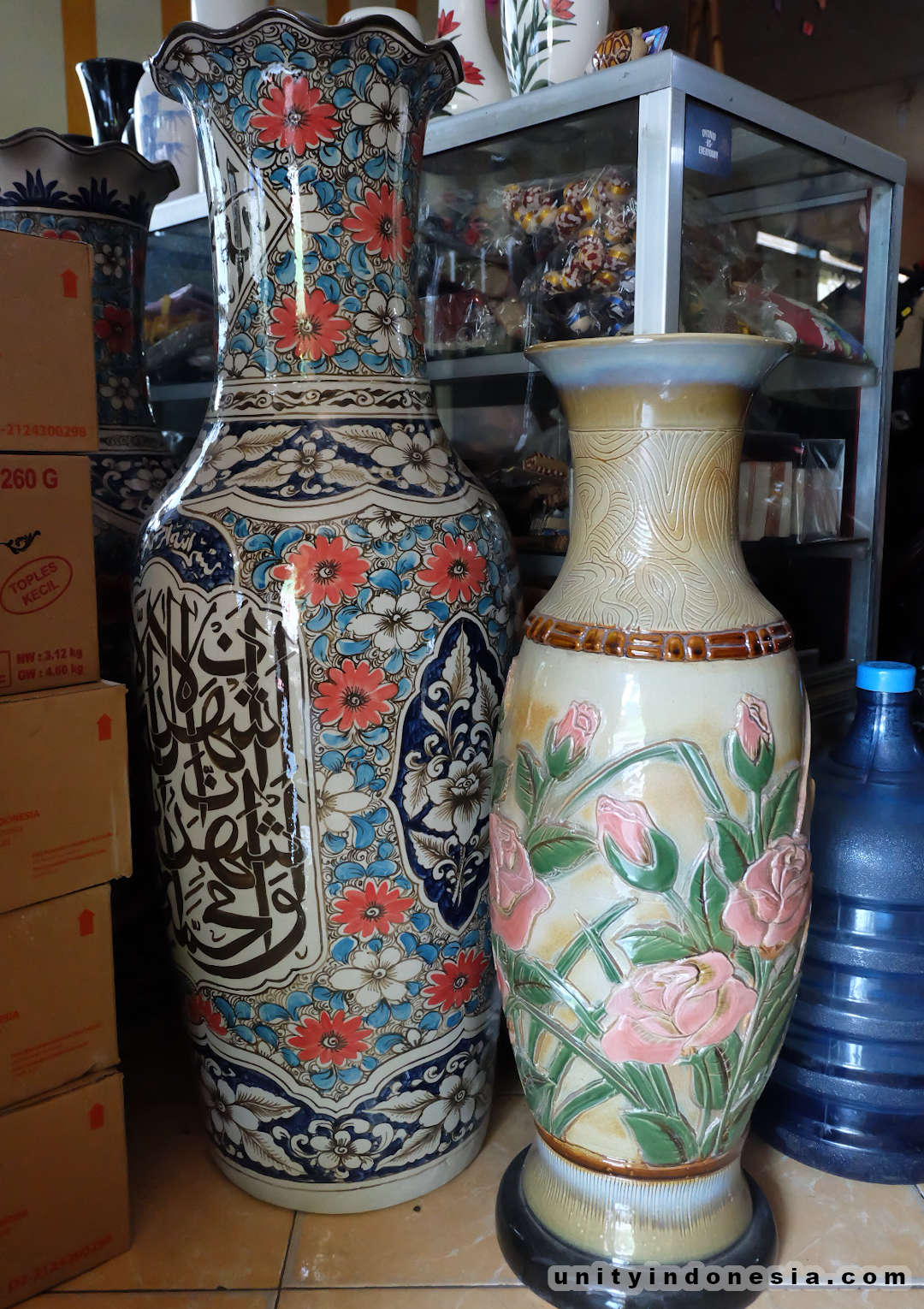
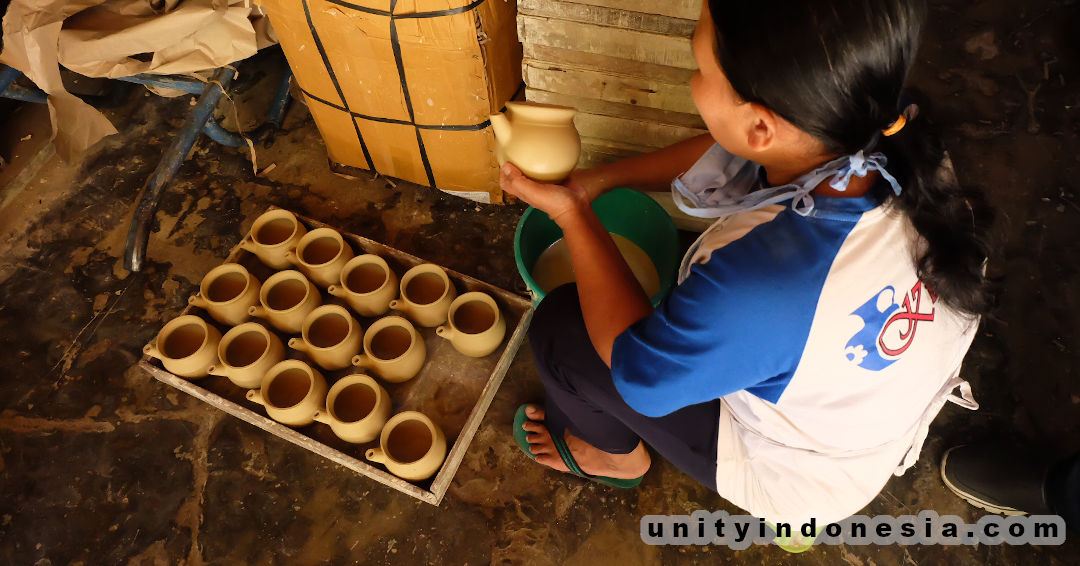
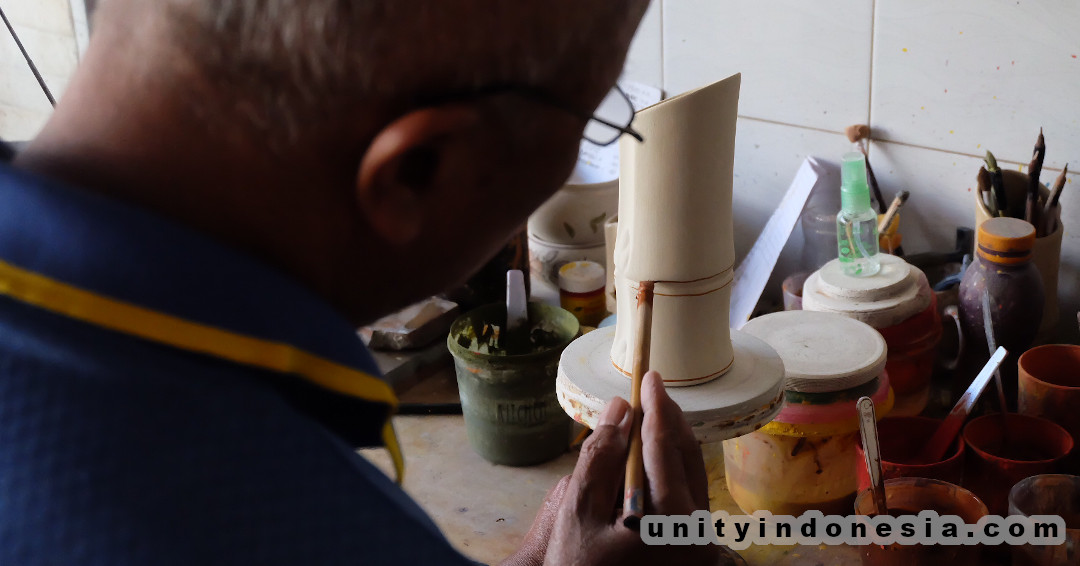
Puppet-shadow theatre, or wayang kulit, is one of the symbols of Indonesia. For 50.000 rupiah you can grab a wayang puppet as a souvenir from your holiday in Indonesia. Higher quality puppets, made with better materials, can cost ten to twenty times as much.
Indonesia is also famous for beautiful traditional batik fabric which, like wayang kulit, is part of the UNESCO Intangible Cultural Heritage. You’ll find three types of batik: drawn, stamped and printed.
The first type of batik is made manually by drawing lines and dots on the fabric, and hence is the most expensive, starting at 400.000 rupiah for a 2 x 1,25 metres piece. The stamped and printed types will come cheaper, starting at around 100.000 and 20.000 rupiah per metre respectively.
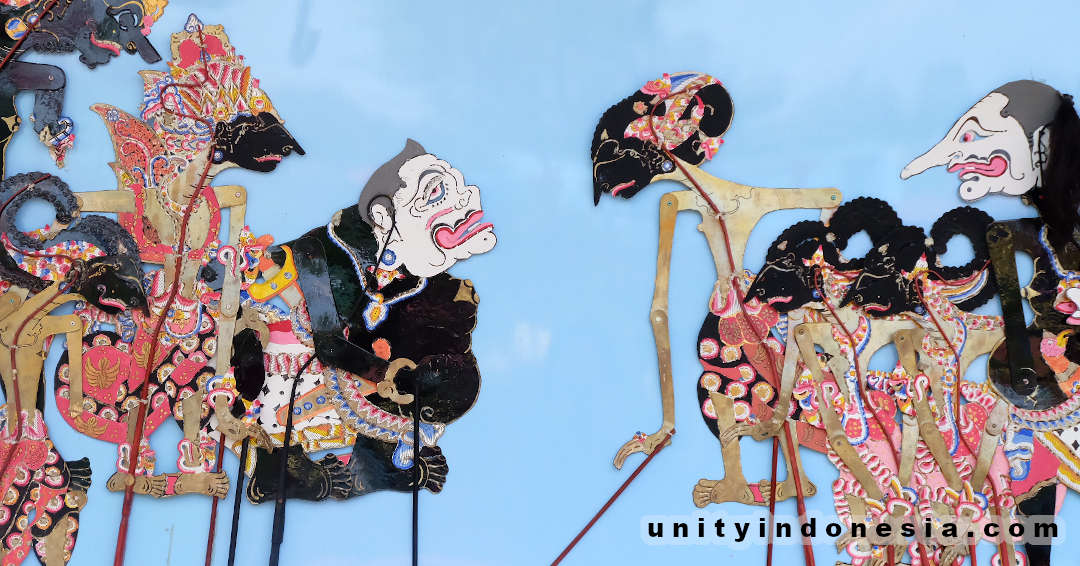
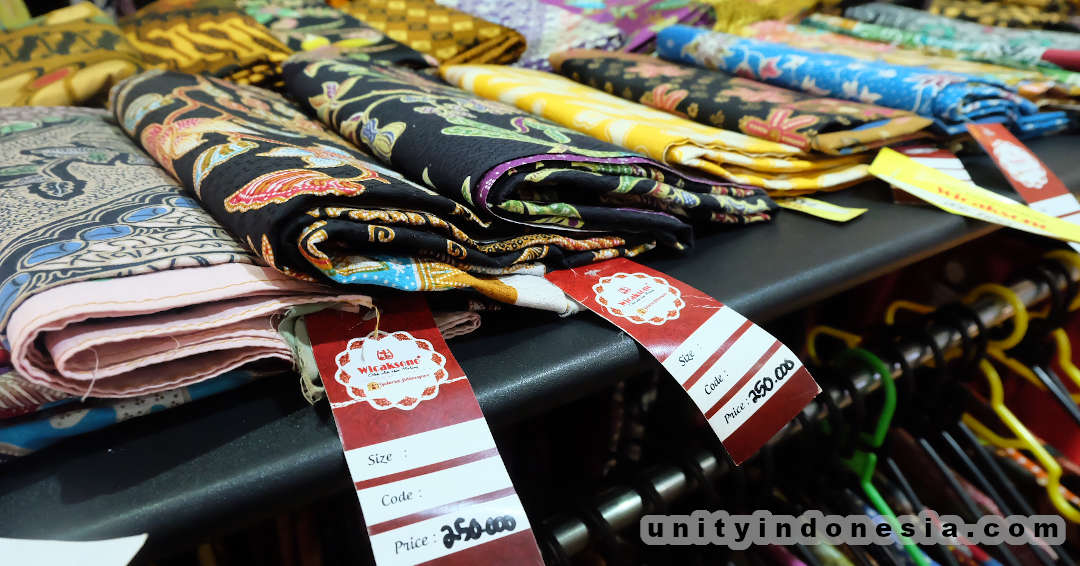
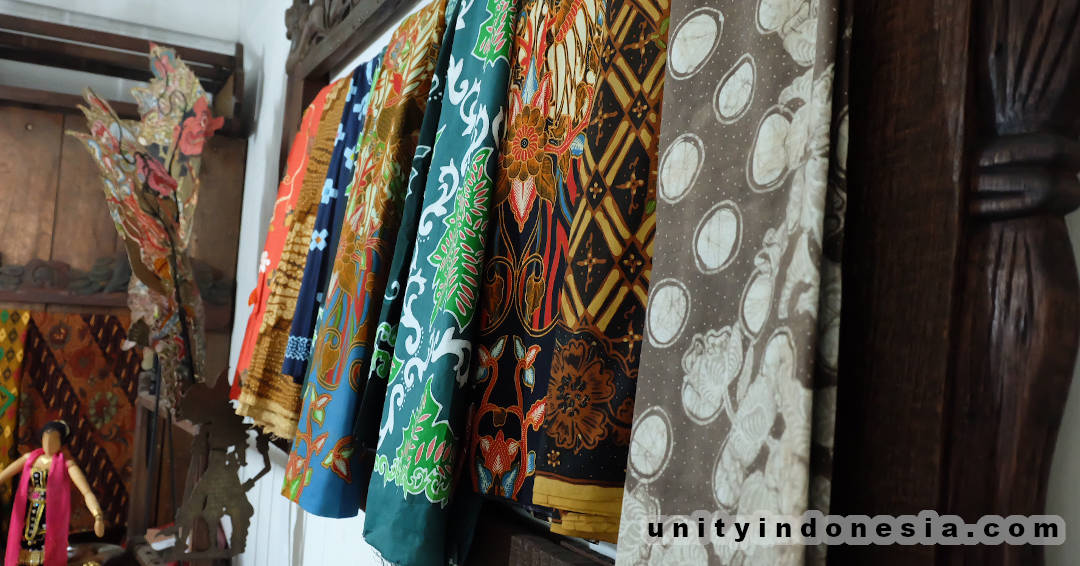
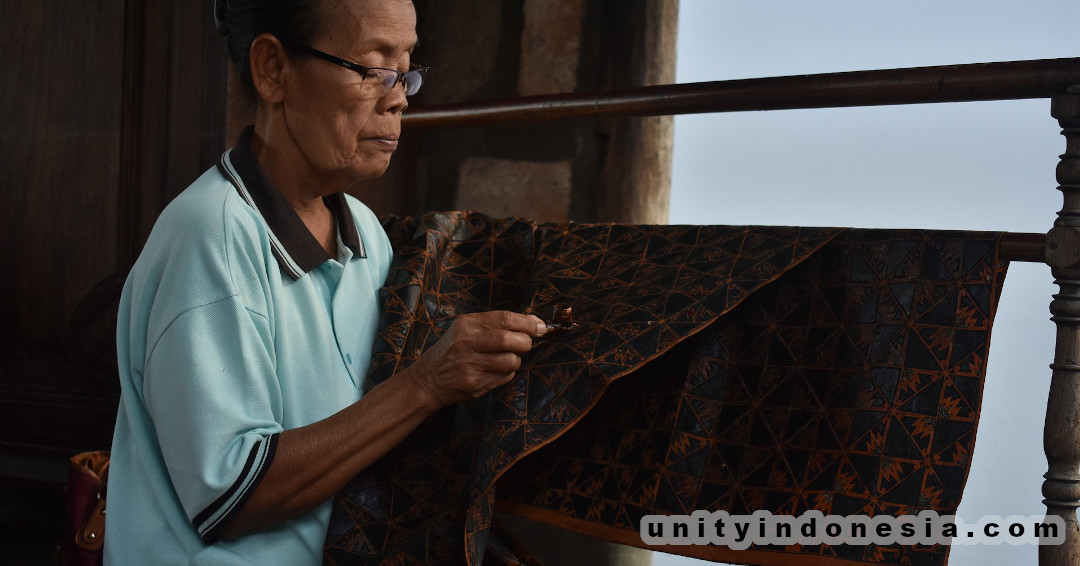
Remember that you are in Southeast Asia: negotiation will go a long way toward bringing that price down! You can get in touch with Dela if you need someone to accompany you on your shopping and get the best deals on traditional Indonesian handicraft.
We offer culture-oriented tours in and around the city of Malang. Feel free to reach us through our tour guide page!
Food!
Food is an exciting subject, especially if you like to eat well. Don’t forget that this is a nature-rich tropical country, where the land generously gives delicious, nutrient-dense tropical fruit and vegetables!
If you like cooking, you’ll have an endless choice of the best ingredients Earth has to offer. All you need is a trip to your local traditional market and allow your eyes roam over the stalls covered with colourful produce.
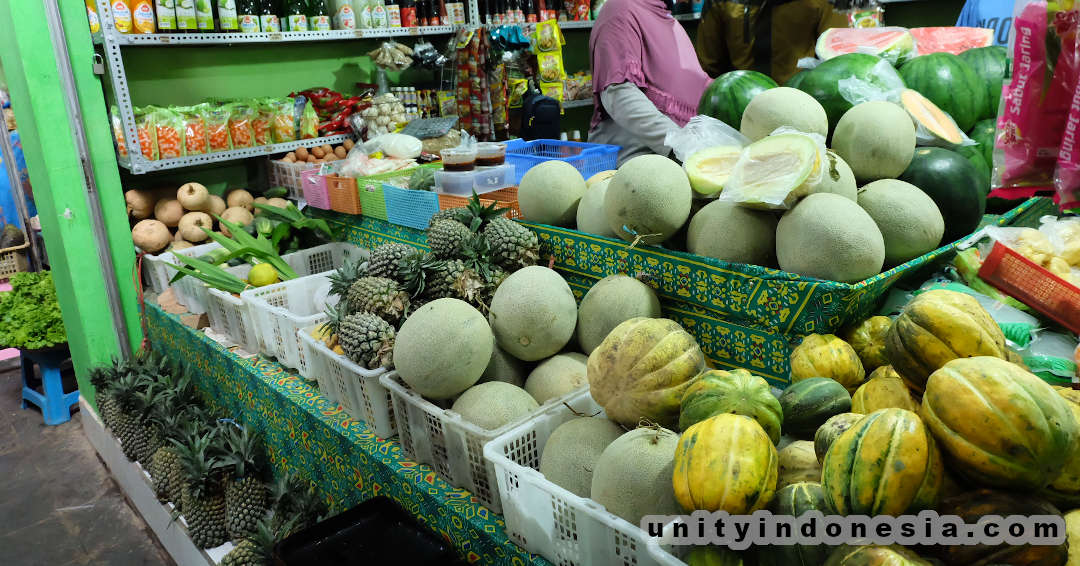
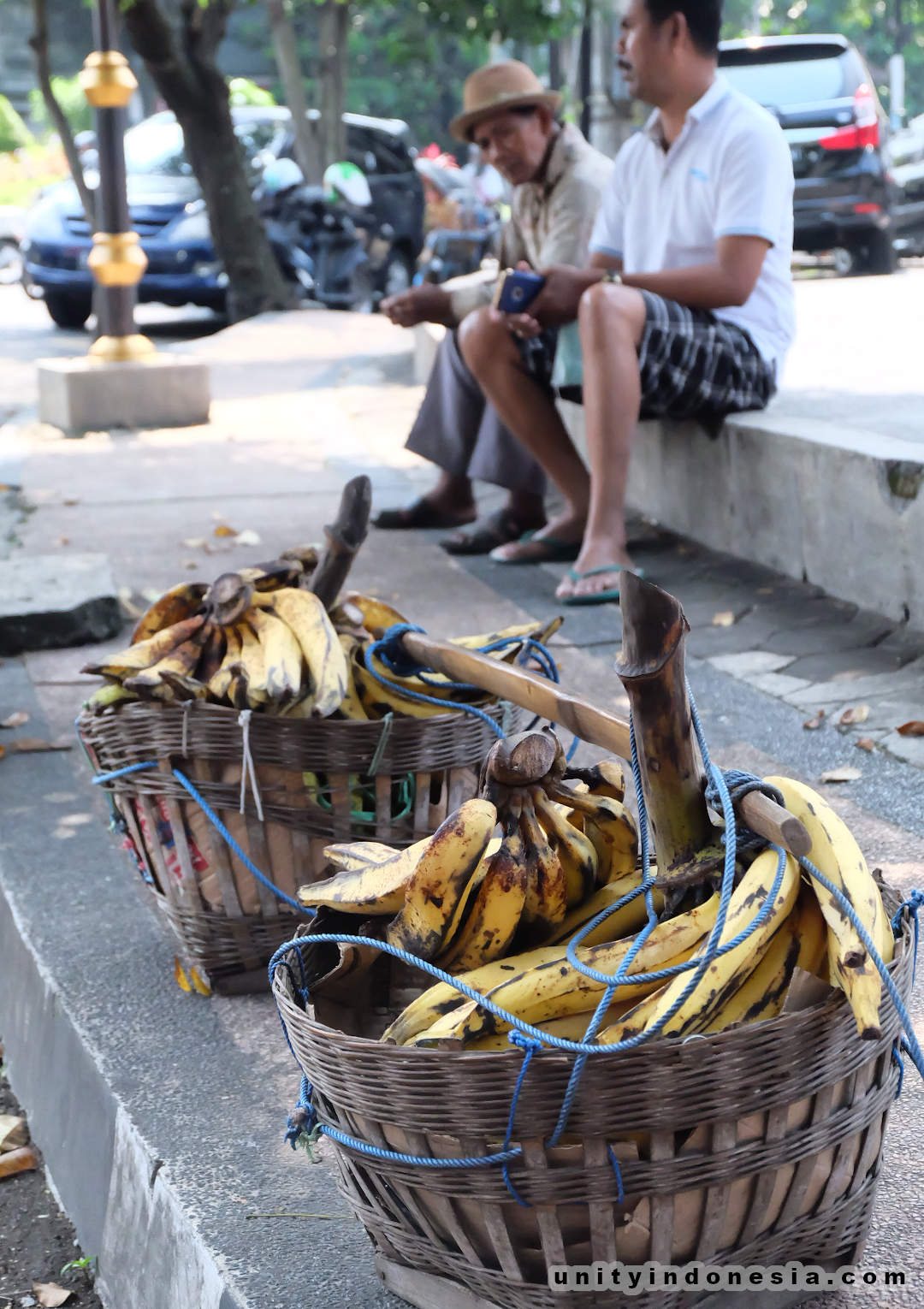
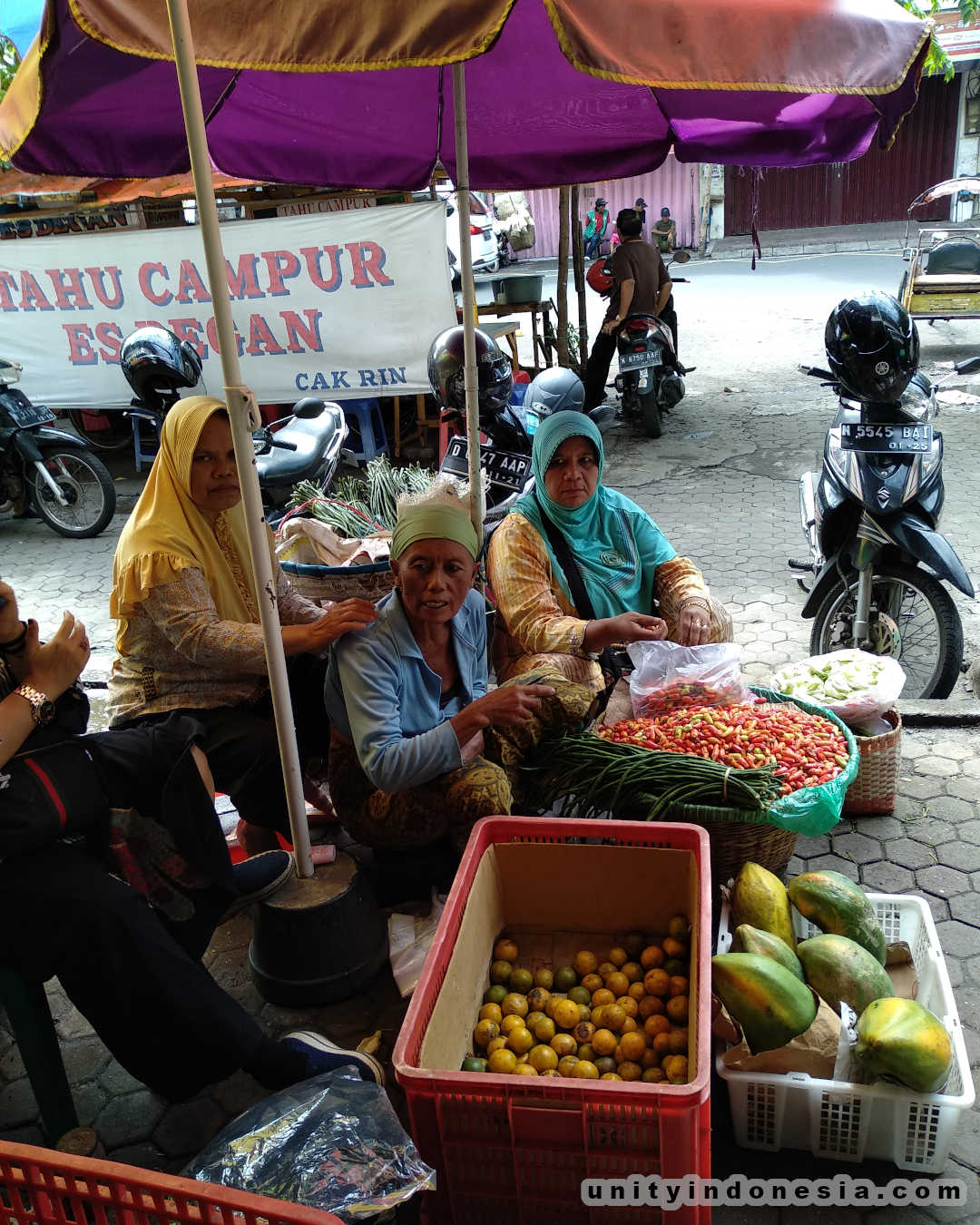
This table will help you get an idea of the variety of tropical fruit that you can buy at a local market, their Indonesian names, and the price per kilogram. A fruitarian paradise!
| Tropical fruit | Buah tropis | Rp/kg |
|---|---|---|
| Ambarella | Kedondong | 15.000 |
| Avocado | Alpukat | 34.000 |
| Banana | Pisang | 20.000 |
| Coconut | Kelapa | 2.000 |
| Dragon fruit / pitaya | Buah naga | 30.000 |
| Durian | Durian | 10.000 |
| Guava | Jambu biji | 20.000 |
| Jackfruit | Nangka | 35.000 |
| Kiwi | Buah kiwi | 45.000 |
| Longan | Lengkeng | 30.000 |
| Lychee | Leci | 25.000 |
| Mango | Mangga | 12.000 |
| Mangosteen | Manggis | 10.000 |
| Noni | Mengkudu | 18.000 |
| Papaya | Pepaya | 5.000 |
| Passion fruit | Markisa | 20.000 |
| Pineapple | Nanas | 6.000 |
| Rambutan | Rambutan | 10.000 |
| Sapodilla | Sawo manila | 13.000 |
| Snake fruit | Salak | 10.000 |
| Soursop | Sirsak | 15.000 |
| Star fruit / carambola | Belimbing | 15.000 |
| Watermelon | Semangka | 10.000 |
If you prefer to have food cooked and served to you, you could eat at a warteg (a modest food stall) for a rich variety of economical dishes, or just eat at restaurants.
You can enjoy a complete meal at a warteg, which includes a main dish, a side dish and a drink, for about 17.000 rupiah, which is not bad at all. A meal at a restaurant will be costlier: between 25.000 and 40.000 rupiah.
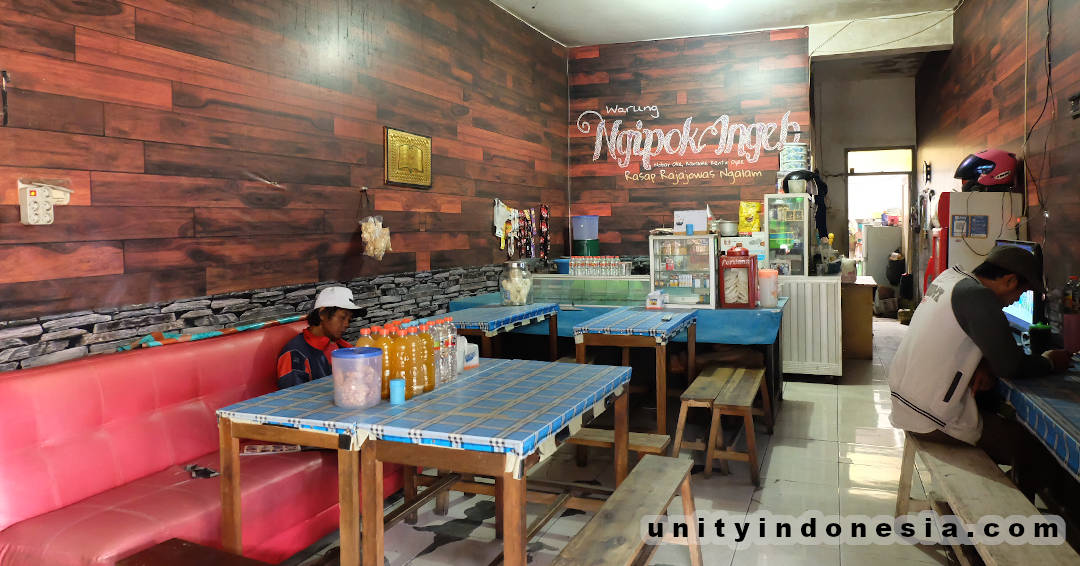
Transportation
Transportation is an important topic: without mobility there is no freedom. (Dela) My favourite mode of transportation is to ride a motor-scooter, which gives me the freedom to go anywhere I want whenever I want; not to mention the time I save by not getting stuck in traffic!
The typical cost for pertalite fuel is 7.800 rupiah per litre. This is a good quality fuel, even though you’ll find cheaper ones. One litre should give you 40 to 60km of travel range. Filling your motor-scooter’s tank with 30.000 rupiah worth of Pertalite should be enough to take you anywhere you want for a week.
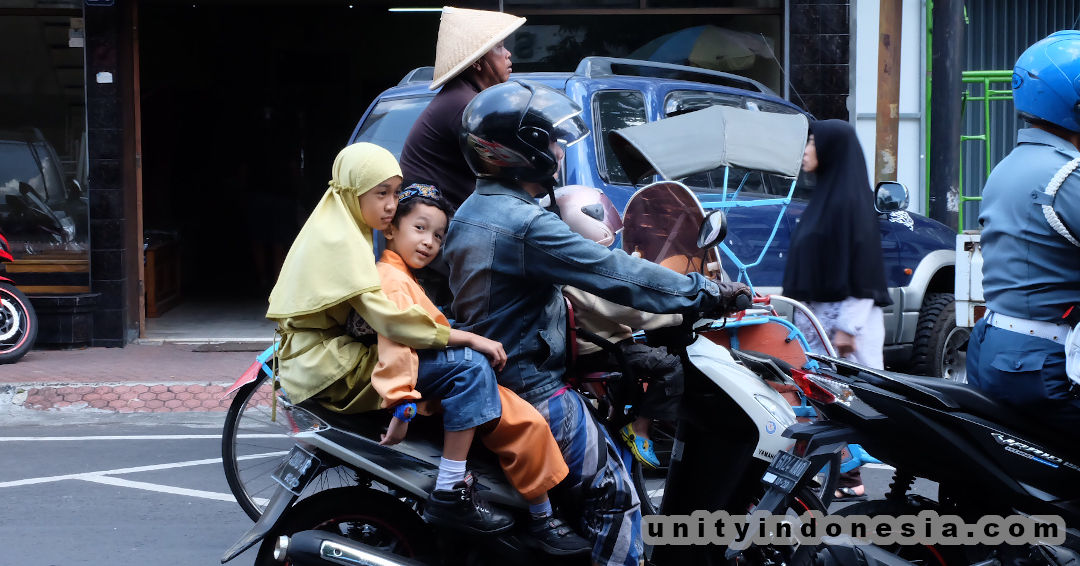
If you are more of a public transportation guy/girl, you may want to explore the various unsophisticated options that a country like Indonesia can offer. And again: negotiation will go a very long way!
One of these options is becak, a three-wheeled cart with a maximum capacity of two people, which can be used to transport people or things. These vehicles are often decorated with batik patterns or traditional Javanese puppets (wayang kulit).
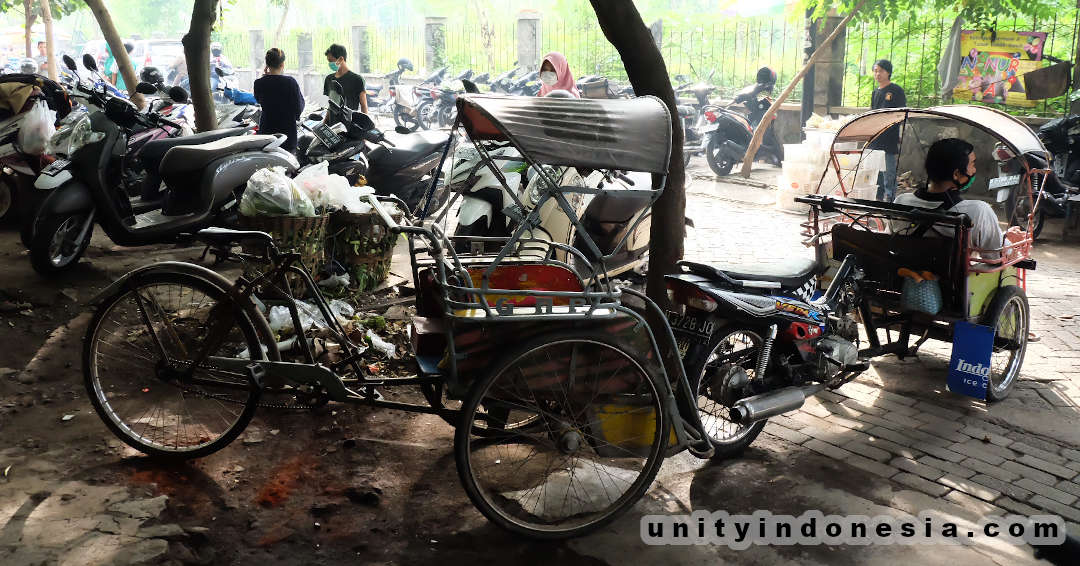
It is very important that you negotiate your fare in advance. If you are travelling with someone, make sure you confirm with the driver that the agreed fare covers both of you. (Dela) A reasonable fare that I would advise is 5.000 rupiah per kilometre.
Dokar (dogcart), or delman, is a horse-drawn, two-wheeled cart that you will see everywhere in Indonesia. Nowadays it is mostly aimed at tourists. They are equipped with benches and can fit 3 to 5 people. One ride will cost you 15.000 rupiah. (Dela) I would not advise using this kind of anachronistic vehicles as horses are often mistreated.
You can always jump on a GrabBike, which is a motor-scooter taxi that you can book through a smartphone app. This is a very popular way of travelling from place to place, not just in Indonesia but throughout Southeast Asia in general. Be prepared to pay 20.000 rupiah for a 5km trip.
If you need to travel with people, you should opt for GrabCar, which costs about twice as much as GrabBike. Eventually we’ll make a more detailed post specifically about transportation around Indonesia!
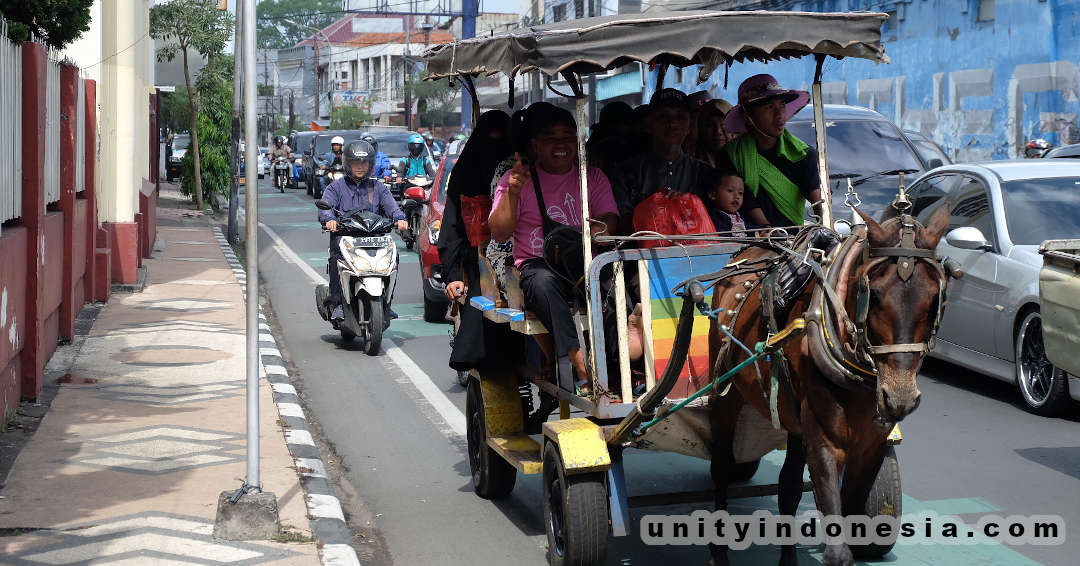
Accommodation
Finally, let’s see the cost of putting a roof over your head.
In Jakarta you can rent a one-bedroom apartment outside of the city centre for 3.500.000 rupiah per month, or £182 / $224. If that’s too expensive, you could rent an en-suite bedroom for about 900.000 rupiah, or £46 / $58 per month, with water and electricity included.
A 3-star hotel room is 400.000 rupiah per night. Or, if you feel more adventurous, you could live in a cheap shared hostel room for 100.000 rupiah per night!
Keep in mind, of course, that the cost of living can vary widely between regions, as Indonesia is a very large archipelago with an extremely rich cultural diversity. Indonesia’s socio-economic landscape couldn’t be more heterogeneous.
It could help to consider the UMR, which is the minimum wage that must be paid to employees.
The provinces with the highest UMRs are situated in West Java, where you should expect a minimum salary of over 4.000.000 rupiah, about £230 / $300.
In the famous island of Bali, a mere £140 / $175 per month will allow you to live a simple but dignified existence, provided you are willing to live like a local Indonesian person! That’s a long holiday waiting for you if you saved a few bucks from your day job in buleland.
Take a look at the following table for a breakdown of the minimum wages for some of the provinces.
Minimum wages in Indonesia
| Province | City | Rp |
|---|---|---|
| DKI Jakarta | Jakarta | 4.276.000 |
| Banten | Tengerang | 4.119.000 |
| West Java | Bandung | 3.620.000 |
| West Java | Bogor | 4.083.000 |
| West Java | Karawang | 4.590.000 |
| Central Java | Semarang | 2.700.000 |
| DI Yogyakarta | Yogyakarta | 1.704.000 |
| East Java | Malang | 2.890.000 |
| East Java | Surabaya | 4.200.000 |
| Bali | Denpasar | 2.700.000 |
| West Nusa Tenggara | Mataram | 2.180.000 |
| East Nusa Tenggara | Flores | 1.945.000 |
| North Sumatera | Medan | 3.222.000 |
| West Sumatera | Padang | 2.480.000 |
| Riau | Batam | 4.100.000 |
| South Sumatera | Palembang | 3.160.000 |
| North Kalimantan | Tarakan | 2.900.000 |
| West Kalimantan | Pontianak | 2.515.000 |
| South Kalimantan | Banjarmasin | 2.910.000 |
| North Sulawesi | Manado | 3.390.000 |
| South Sulawesi | Makassar | 3.190.000 |
| Maluku | Ambon | 2.508.000 |
| Papua | Jayapura | 3.516.000 |
Conclusion
Do you want to be a money-conscious nomad? The trick is in your lifestyle choices.
If you don’t mind conducting a more frugal lifestyle, giving value to substance over appearance, you’ll be able to spend a lifetime in Indonesia with a relatively small amount of funds.
Live like a local and take advantage of the great variety of choices that the local economy provides!
Let’s do some maths and calculate how much you’d need to spent in one month to live humbly but with dignity. This is a rough estimate of the average cost of living in Indonesia.
- Rent (en-suite bedroom) + utilities (water, electricity, WiFi) = Rp 1.000.000
- Transportation (motor-scooter + fuel) = Rp 30.000 x 4 weeks = Rp 120.000
- Food (home cooking) = Rp 100.000 x 4 weeks = Rp 400.000
- Weekend = Rp 100.000 x 4 weeks = Rp 400.000
- Other expenses = Rp 50.000 x 4 weeks = Rp 200.000
- TOTAL (month): Rp 2.120.000 = £112 = $139
Please do appreciate that the numbers discussed in this article are a very rough average for Indonesia considered as a whole. When we talk about cost of living, an affluent neighbourhood in Jakarta is obviously very different from a laid-back area in Yogyakarta!
We hope you liked our first attempt at a blog article. :)
You can follow us on Instagram, Twitter or Facebook. See you soon!
Dela & Alex